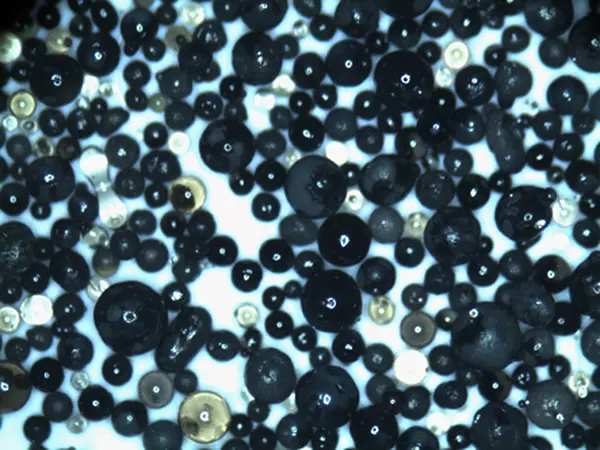Foundry Sand The Unsung Hero of Metal Casting
Foundry sand, often overlooked in discussions of metal casting and manufacturing, plays a crucial role in the production of a wide array of metal components, from automotive parts to intricate industrial machinery. This specialized sand, used primarily in the casting process, enables manufacturers to produce high-quality metal products with excellent surface finishes and intricate geometries. Understanding the importance, types, and sustainability of foundry sand is essential for appreciating its role in modern manufacturing.
What is Foundry Sand?
Foundry sand is typically composed of high-quality silica, which serves as a mold material in the metal casting process. This sand is specially processed to ensure it has the right grain size, shape, and consistency, which are vital for creating molds that can withstand the high temperatures of molten metal. The most common type of foundry sand is silica sand, but there are also other materials like olivine sand and zircon sand that are used depending on the specific application and metal being cast.
The Role of Foundry Sand in Metal Casting
During the casting process, foundry sand is used to create molds into which molten metal is poured. When the metal solidifies, it takes the shape of the mold. The properties of the foundry sand are critical; it must be able to withstand thermal stress, provide an excellent surface finish, and possess sufficient permeability to allow gases to escape during the casting process. A good foundry sand also helps in reducing defects in the finished product, which can be critical in applications where precision is paramount.
Types of Foundry Sand
foundry sand

1. Silica Sand The most common type, known for its high melting point and excellent thermal stability. 2. Olivine Sand Characterized by its low thermal expansion and excellent casting characteristics, it’s ideal for steel and iron foundries. 3. Zircon Sand With high thermal stability and resistance to chemical corrosion, zircon sand is often used for casting high-temperature metals.
Each type of foundry sand has unique properties that make it suitable for specific applications, and understanding these properties is vital for foundry operations.
Environmental Considerations and Sustainability
In recent years, the metal casting industry has faced increasing scrutiny regarding its environmental impact. The extraction and processing of foundry sand can have significant environmental consequences, including habitat disruption and depletion of natural resources. However, the industry is adapting to these challenges through sustainable practices.
One notable development is the recycling of foundry sand. Used sand from casting processes can often be cleaned and reused, thus reducing the demand for new sand. Additionally, foundries are increasingly using synthetic sands, which can provide the necessary physical and chemical properties while minimizing environmental impact. These synthetic options can be manufactured with lower thermal expansivity and better reusability, making them attractive alternatives to traditional foundry sands.
Conclusion
Foundry sand is an integral component of the metal casting process, significantly influencing the quality and efficiency of manufacturing operations. As the industry evolves, the focus on sustainability and environmentally responsible practices is transforming how foundry sand is sourced, used, and recycled. By embracing innovation and prioritizing eco-friendly solutions, the foundry sector can not only enhance the quality of its products but also contribute positively to environmental stewardship. As we continue to explore advanced manufacturing processes, the significance of foundry sand cannot be underestimated—it remains an unsung hero in the quest for high-quality metal casting.
Post time:అక్టో . 22, 2024 00:05
Next:making foundry sand
